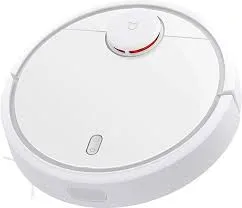Robot vacuums are wonderful devices that make cleaning tasks in our homes easier. However, battery life is a crucial factor that determines how effective these devices are. Recognizing when your robot vacuum’s battery is running low is vital for both scheduling cleaning tasks and efficiently utilizing the battery. In this article, you will learn how to tell when your robot vacuum’s battery is weakening and running low.
Signs: Indicators of Your Robot Vacuum’s Battery Depletion
Reduced Runtime: If your robot vacuum used to operate for extended periods when you first purchased it and now requires more frequent charging, it can be a sign of a weakening battery.
Diminished Maneuverability: As the battery power decreases, the vacuum’s ability to turn and move around also diminishes. You might experience issues, especially around corners or obstacles.
Irregular Cleaning: When the battery power is low, your robot vacuum may often return to the charging station without completing the areas it should clean, leaving rooms or sections unfinished.
Increased Frequency of Returning to the Charging Station: A weakening battery can lead the vacuum to return to the charging station more frequently. Repeated occurrences of this can be an indicator of a weakening battery.
Extend the Battery Life of Your Robot Vacuum
Battery Replacement: If your robot vacuum’s battery is no longer holding up well and your product is under warranty, you can contact the authorized service center. If it’s out of warranty,
Cleaning and Maintenance: Regularly performing cleaning and maintenance tasks for your vacuum is essential for its overall health and can help extend the battery’s lifespan.
Optimize Mapping and Scheduling: Optimizing the cleaning map and scheduling can help you use the vacuum more efficiently and extend its battery life.

